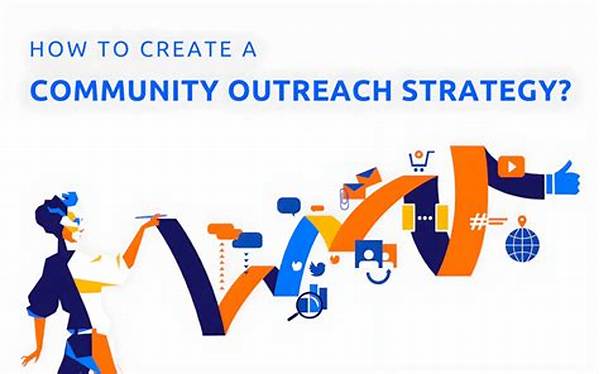Hey there! Have you ever wondered how effective spiritual outreach programs are? It’s a topic that piques the curiosity of many, especially those involved in religious and spiritual communities. Measuring the impact of spiritual outreach programs might sound a bit abstract at first, but it’s crucial for understanding how these initiatives shape lives and communities. Let’s dive into this intriguing discussion.
Why Measuring Impact Matters
Measuring impact of spiritual outreach programs isn’t just about crunching numbers; it’s about understanding the ripple effects these programs have on people’s lives. Imagine a community program designed to boost spiritual well-being. It’s not just about how many people attend, but about the changes in their lives. Are participants finding peace or a renewed sense of purpose? By asking these questions, we can gauge the real success of these programs.
In fact, when we talk about measuring impact of spiritual outreach programs, we also look at more subtle indicators like changes in community dynamics or personal stories of transformation. After all, spirituality often manifests in intangible ways. It’s about looking for those signs that might not fit neatly into a spreadsheet but hold tremendous value nonetheless. By doing so, we’re not just measuring for the sake of measurement but to genuinely understand and improve these programs.
Methods for Measuring Impact
1. Surveys and Feedback: Gathering feedback is a direct way of measuring impact of spiritual outreach programs. It provides insights into participants’ experiences and perceptions.
2. Observational Studies: Watching interactions during programs can offer valuable information on impact, revealing changes in behavior or community engagement levels.
3. Personal Testimonies: Stories from participants provide qualitative data. Hearing how programs influenced personal journeys is a powerful testament to their effectiveness.
4. Community Growth Tracking: Measuring growth in community involvement or participation rates can indicate the success of a program.
5. Longitudinal Studies: Observing long-term effects on individuals and communities offers a comprehensive view of impact over time.
Challenges in Measuring Impact
Let’s be real—measuring impact of spiritual outreach programs can be quite challenging. For starters, spiritual experiences are deeply personal and subjective. What profoundly affects one individual might have little resonance with another. That’s why it’s important to use a mixed-method approach, employing both qualitative and quantitative measures to capture the full picture.
Another hurdle is the time it takes to see tangible outcomes. Spiritual growth and community change aren’t overnight processes. So, when measuring impact of spiritual outreach programs, it’s crucial to take a long-term perspective. Immediate results might not always reflect the true depth of a program’s influence. Patience and persistence are key!
Real-Life Examples
In one community, measuring impact of spiritual outreach programs relied heavily on personal testimonies. Participants shared stories of finding hope and connection in group activities, providing qualitative data that spoke volumes.
Another program used surveys to measure impact, discovering an increase in community volunteerism. This quantitative data helped prove the program’s efficacy. The combination of these methods ensured a comprehensive understanding of the program’s success.
Tools for Measuring Impact
Various tools can assist in measuring impact of spiritual outreach programs effectively. Online surveys can reach a wide audience quickly and offer anonymity, encouraging honest feedback. Workshops, where participants can voice their experiences, also serve as impactful tools. Additionally, apps that track personal growth or well-being can provide supplementary data. By leveraging these tools, program leaders can gather insightful information that drives future improvements.
Developing a Holistic Approach
To really get a handle on measuring impact of spiritual outreach programs, it’s beneficial to employ a holistic approach. This means integrating different evaluation tools and methods to ensure you’re getting a well-rounded view. Quantitative data is valuable, but should be paired with qualitative insights for a richer understanding.
Moreover, involving participants in the evaluation process can be eye-opening. Not only do they offer first-hand insights, but their involvement also empowers them and enhances the program’s credibility. By fostering an inclusive environment, programs can not only measure impact more effectively but also achieve greater engagement.
Conclusion
So, why is measuring impact of spiritual outreach programs so important? Because it helps ensure these initiatives are truly beneficial to those they serve. By employing a mix of methods and tools, capturing both quantitative and qualitative data, and engaging those involved, we can gain a meaningful understanding of a program’s influence.
This understanding encourages continual improvement and ensures that these programs can touch more lives in profound ways. Ultimately, it’s about fostering growth, connection, and a deeper spiritual journey for everyone involved. And that, after all, is the heart of any spiritual outreach effort.
